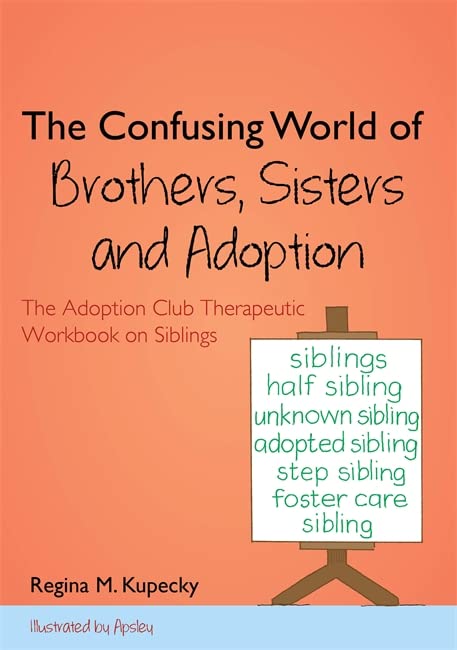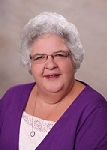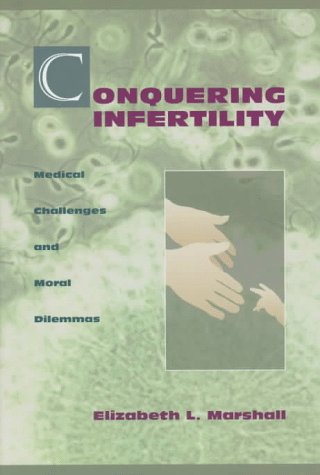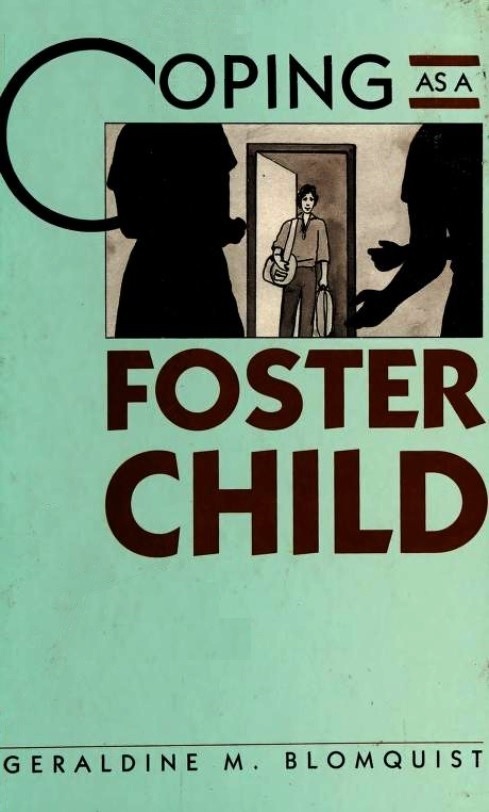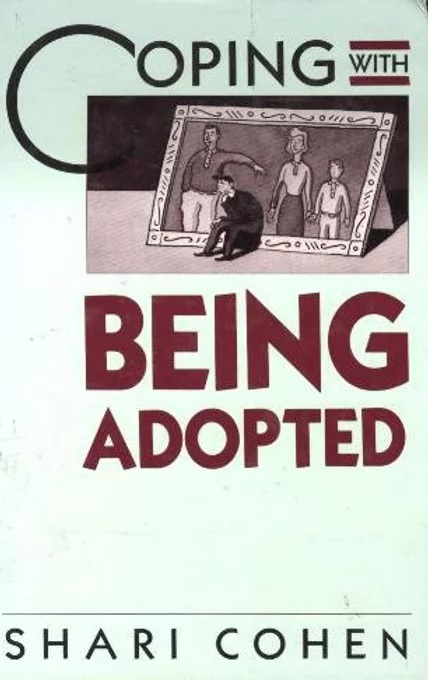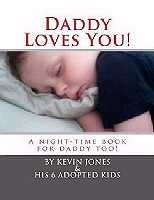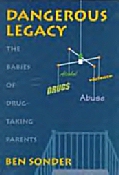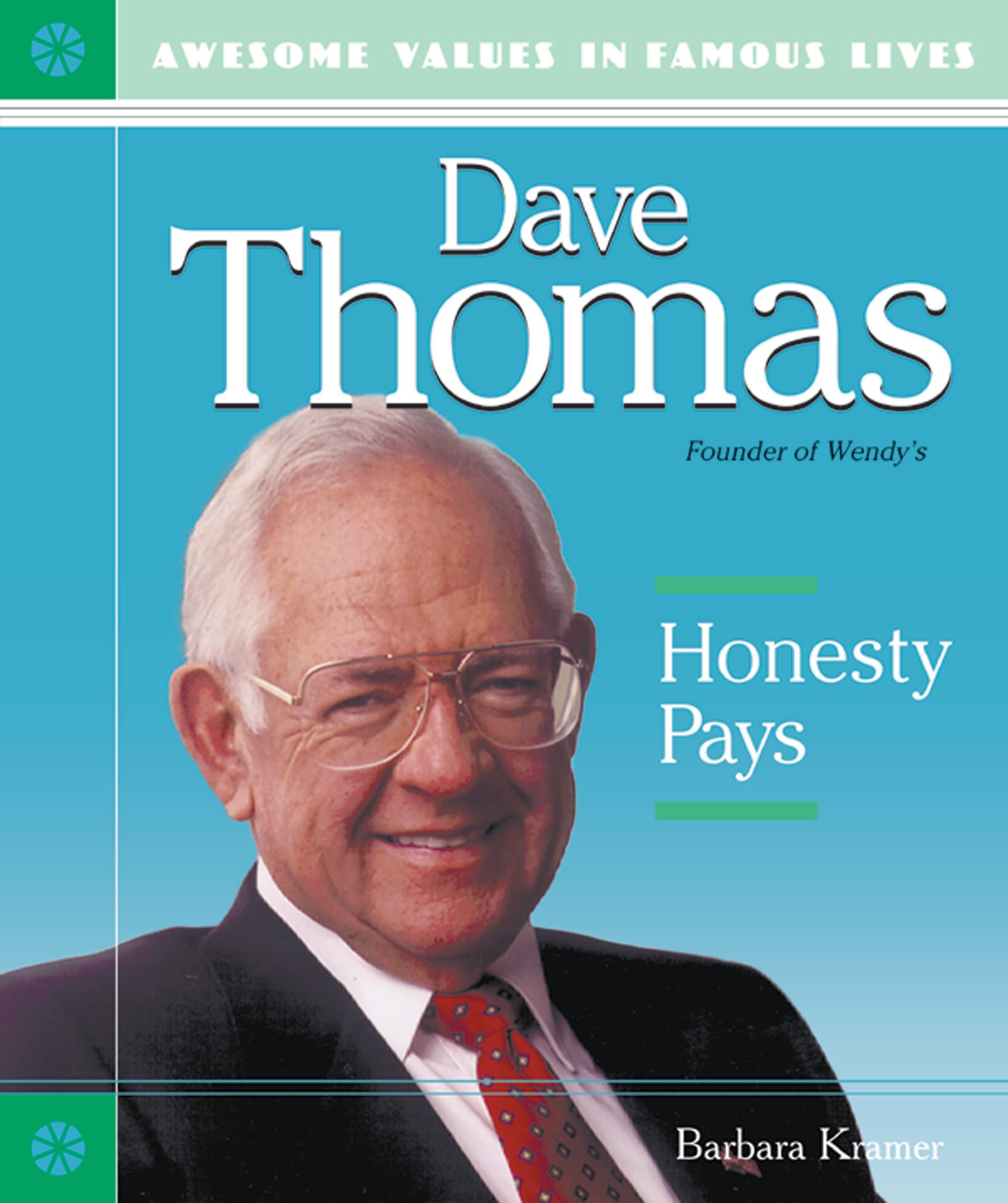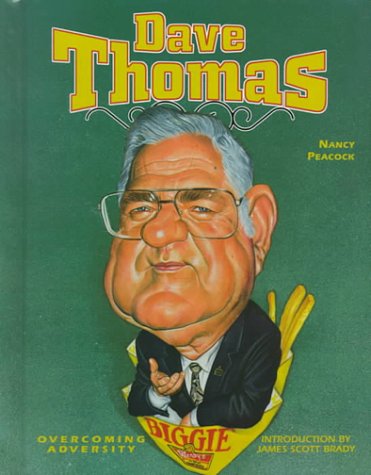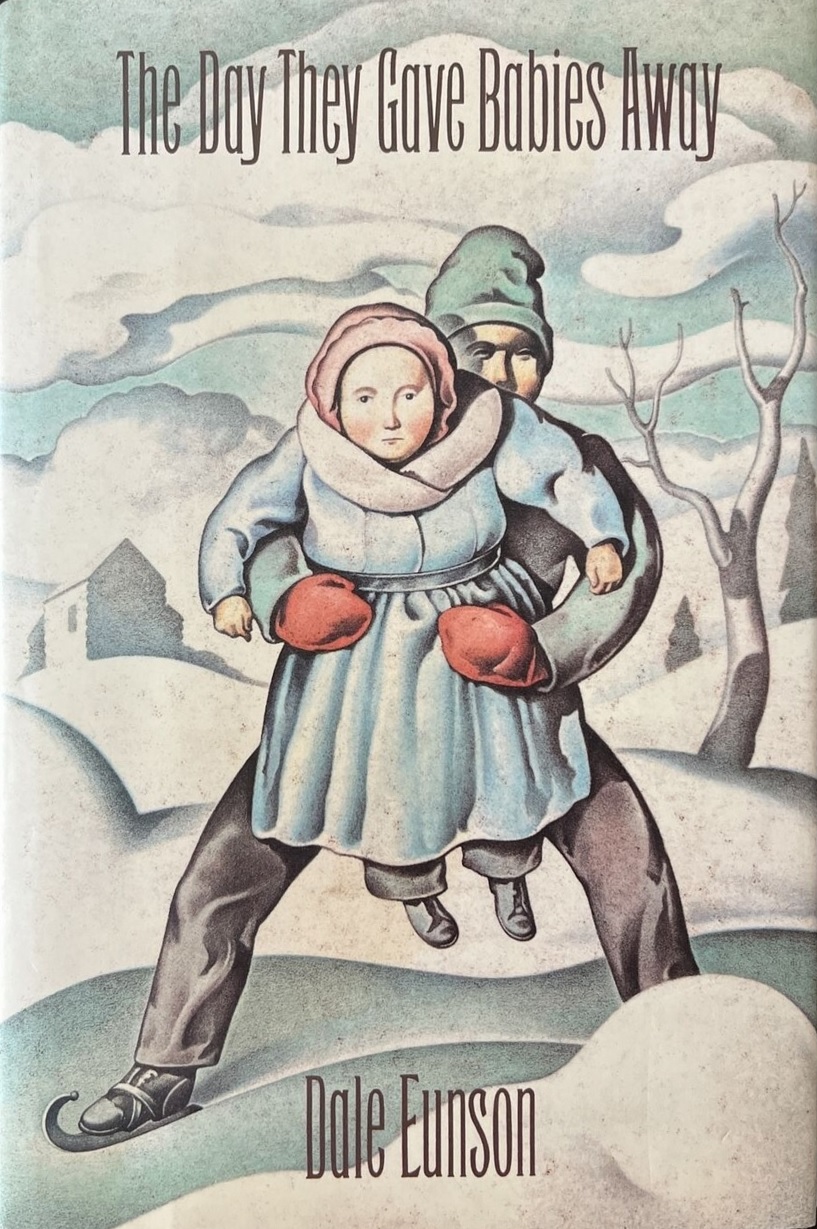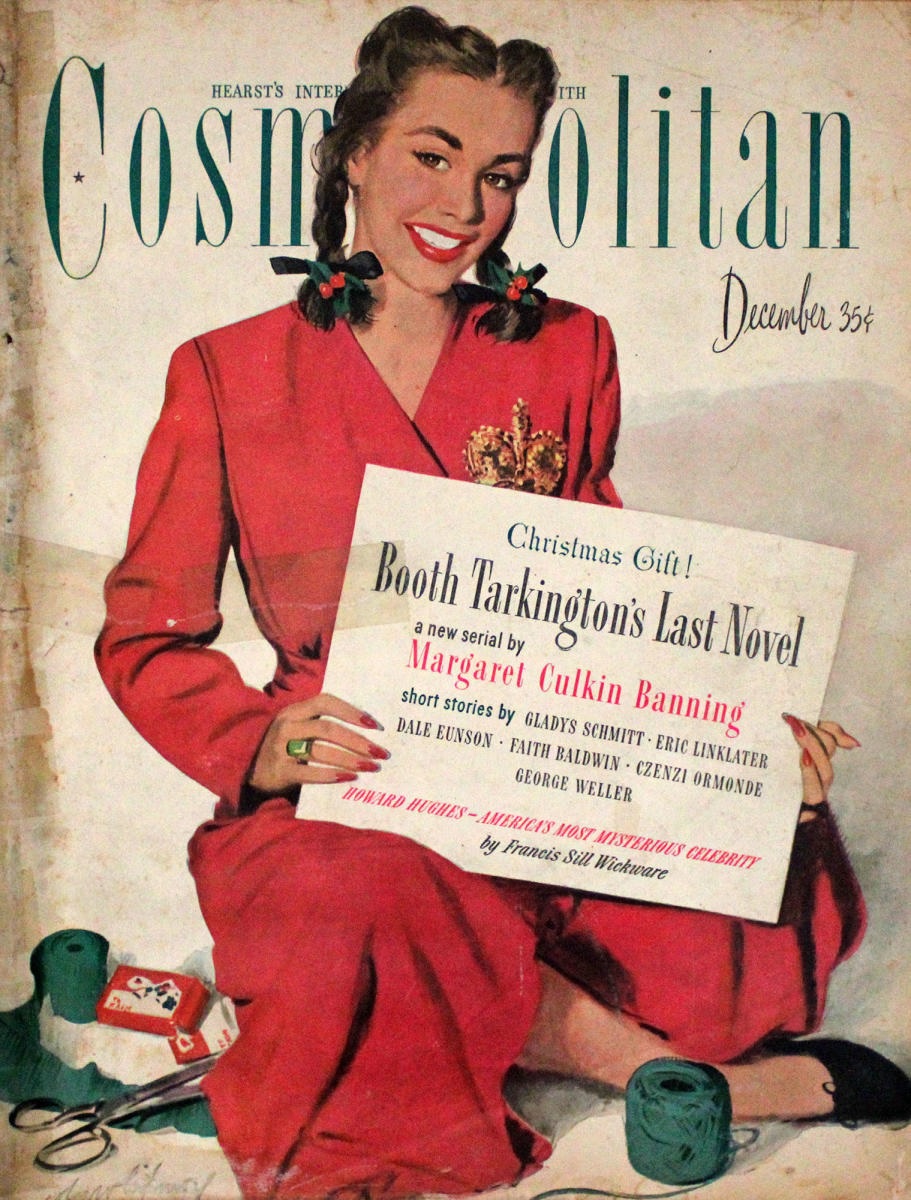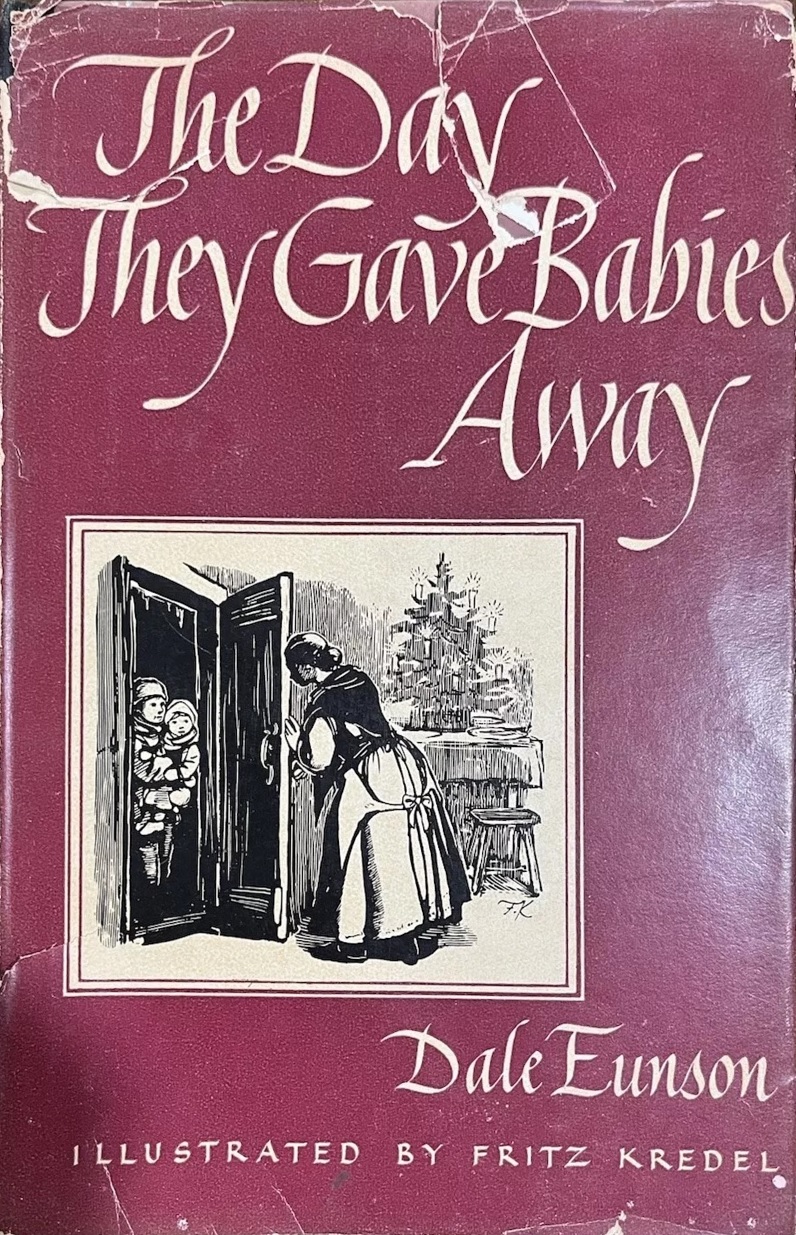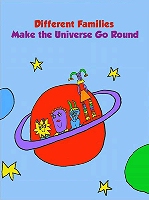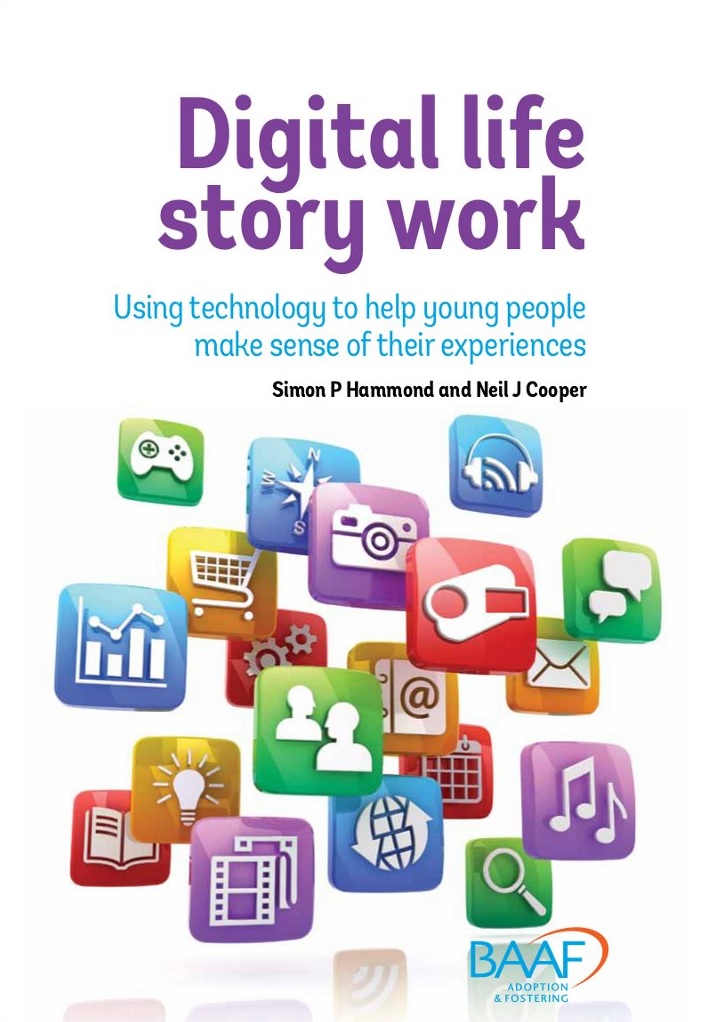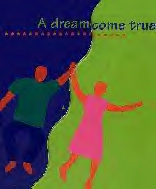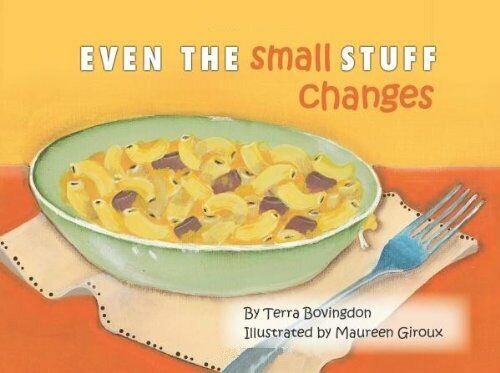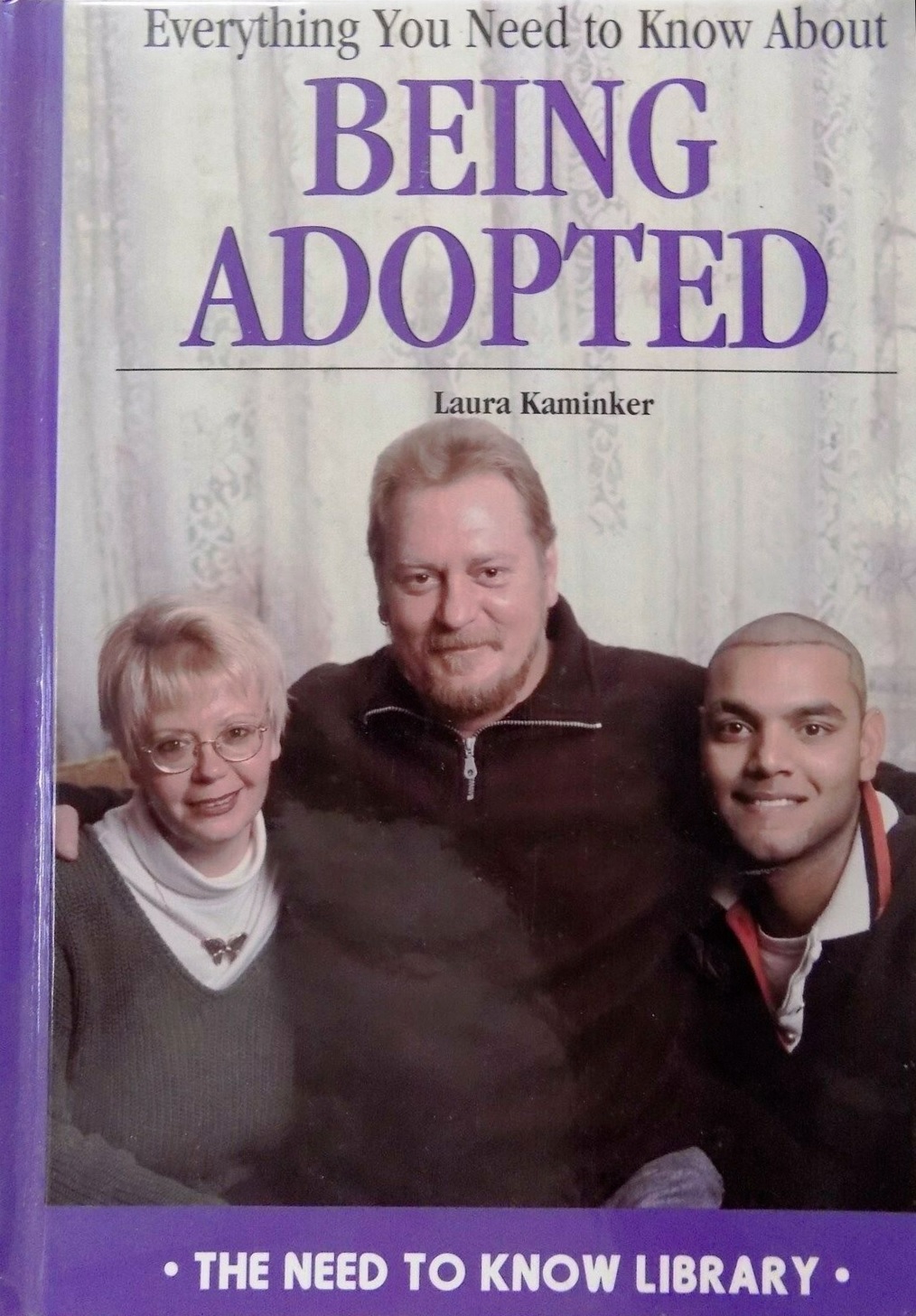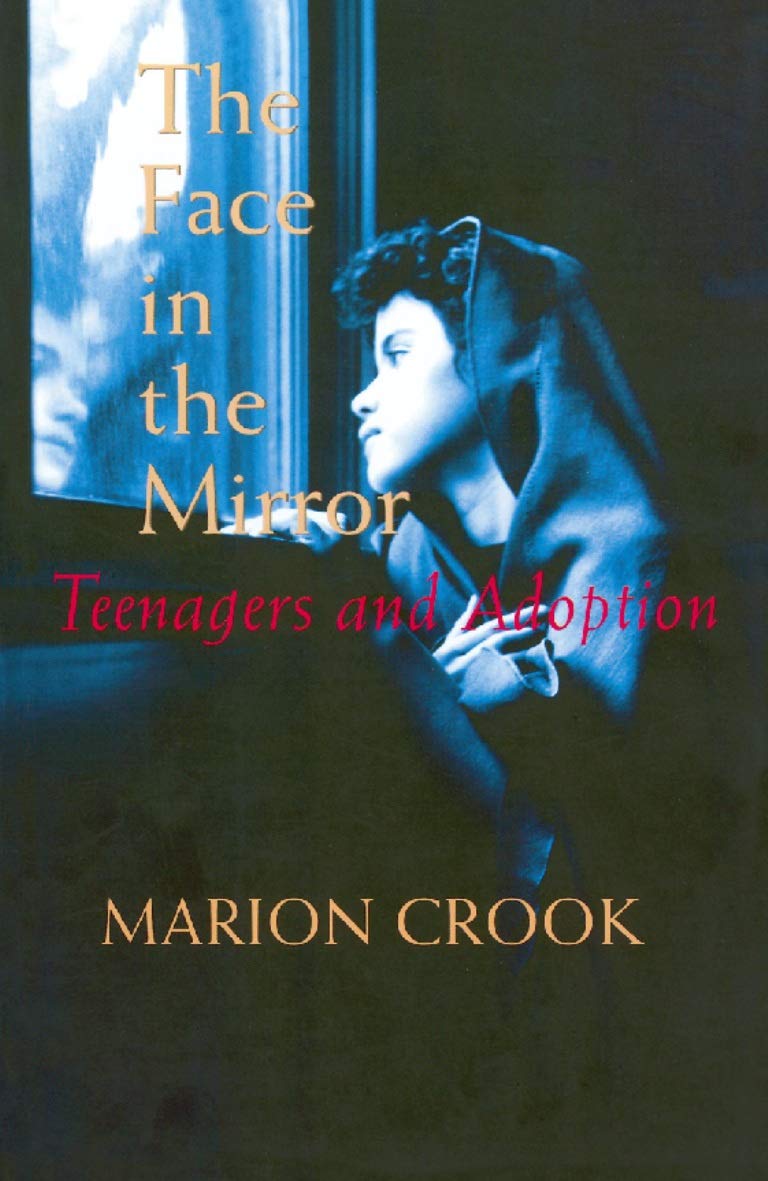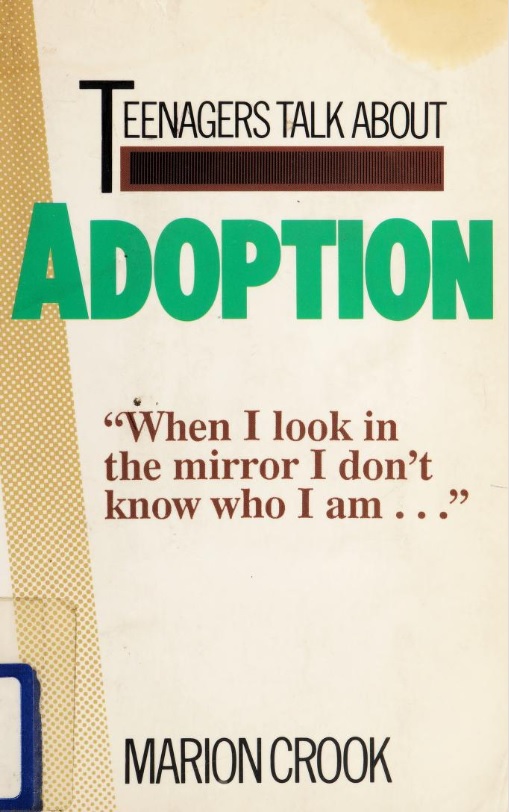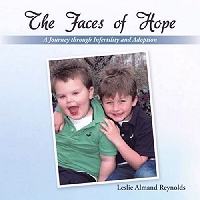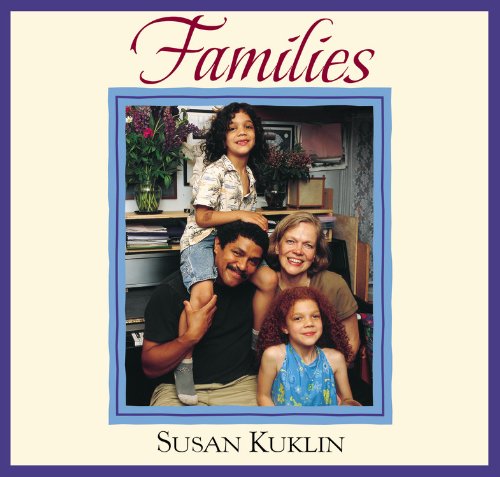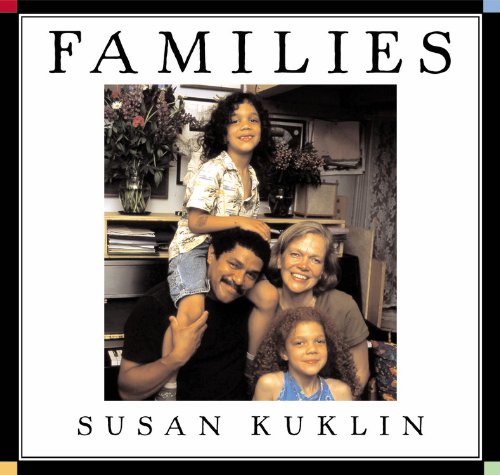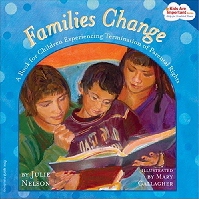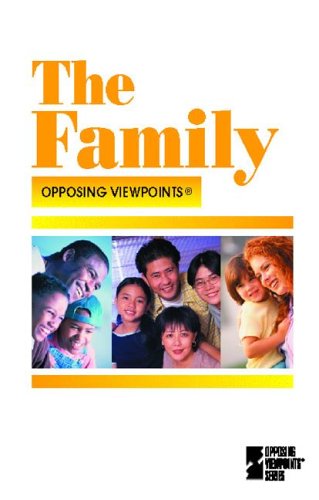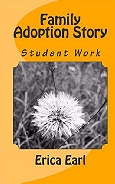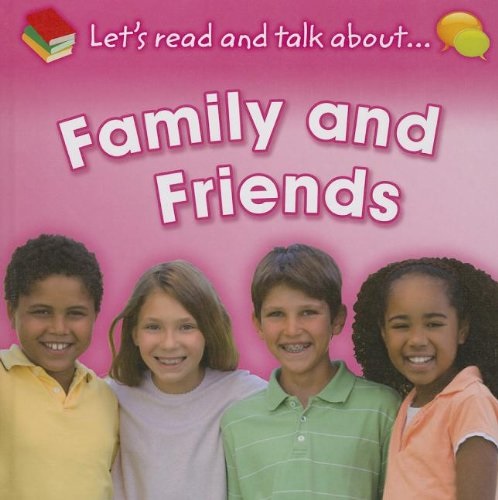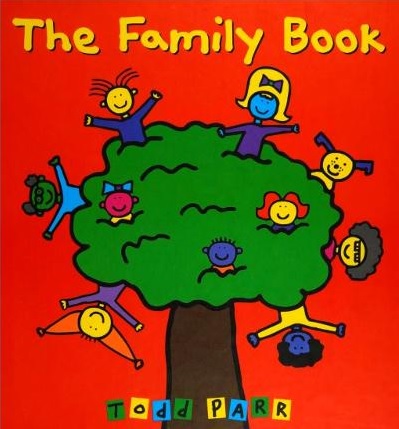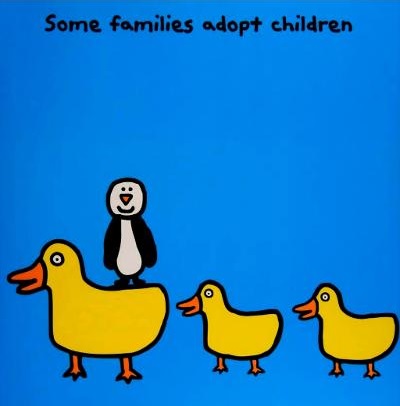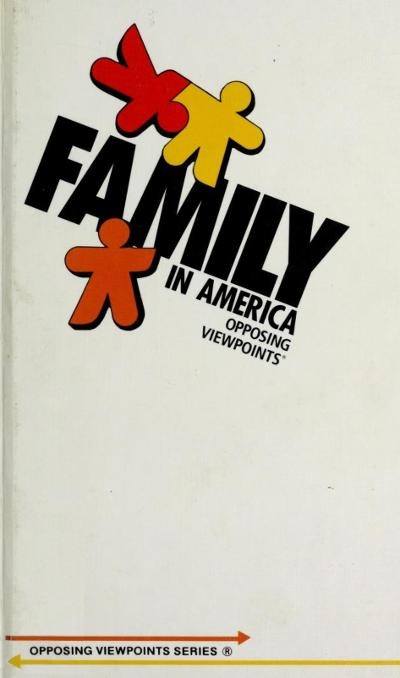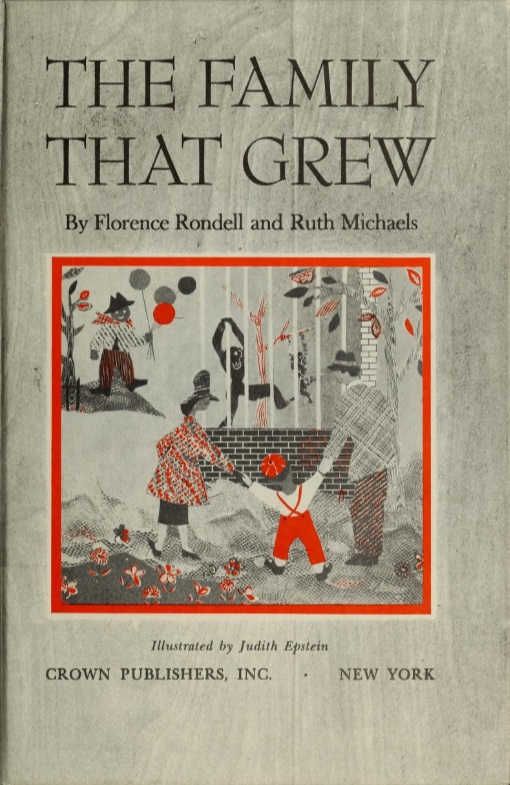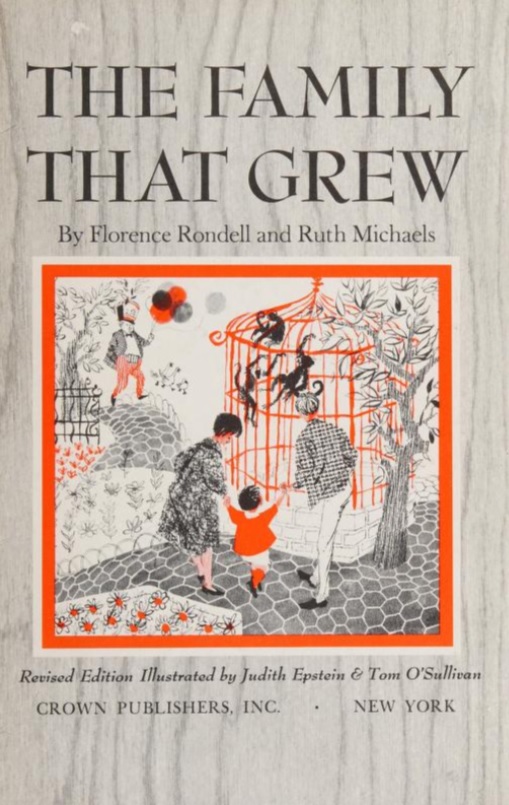From the Publisher:
Teenagers ask about depression, suicide, anorexia, bulimia, acne, boys, girls, sex, contraception, homosexuality, alcohol, drugs, anxiety, masturbation, hickeys, kissing, AIDS, herpes, venereal disease, psychotherapy, shyness, loneliness, self-confidence, fears, hallucinations, phobias, adoption, death, violence, child abuse, sexual abuse, incest, guilt, rape, pregnancy, abortion, parents, siblings, relationships, weight, fitness, growing, menstruation, friendship, jealousy, separation, divorce. Take heart, you are not alone. Every year in our youth clinic column, we receive thousands of letters from teenagers who are worried, confused and feeling lonely just like you. That’s why we have decided to collect these letters and our advice in this book. So, relax and read on—it’s not as bad as you think. Based on the column “Youth clinic” originally published by
Toronto Star Newspapers Limited.
About the Author:
Dr. Saul Levine, head of psychiatry at Sunnybrook Medical Centre and professor of psychiatry at the University of Toronto, and Dr. Kathleen Wilcox, assistant professor in the department of family and community medicine, Sunnybrook Medical Centre, are co-authors of the nationally syndicated newspaper column, “Youth Clinic.” They receive thousands of letters from teenagers, young adults, and parents each year.
Compiler’s Note:
This book is of no practical use when it comes to questions youthful adoptees might have. In the single example presented here, a fourteen-year-old adoptee writes to complain of being excessively and uncontrollably emotional, and mentions being adopted as a secondary aspect of her circumstances, wondering if it might be a contributory factor. In response, the “doctor” says, “Space doesn’t permit a complete answer to your second dilemma.” (Contrast this with the more than a dozen exemplar questions and answers provided relating to homosexuality.)
